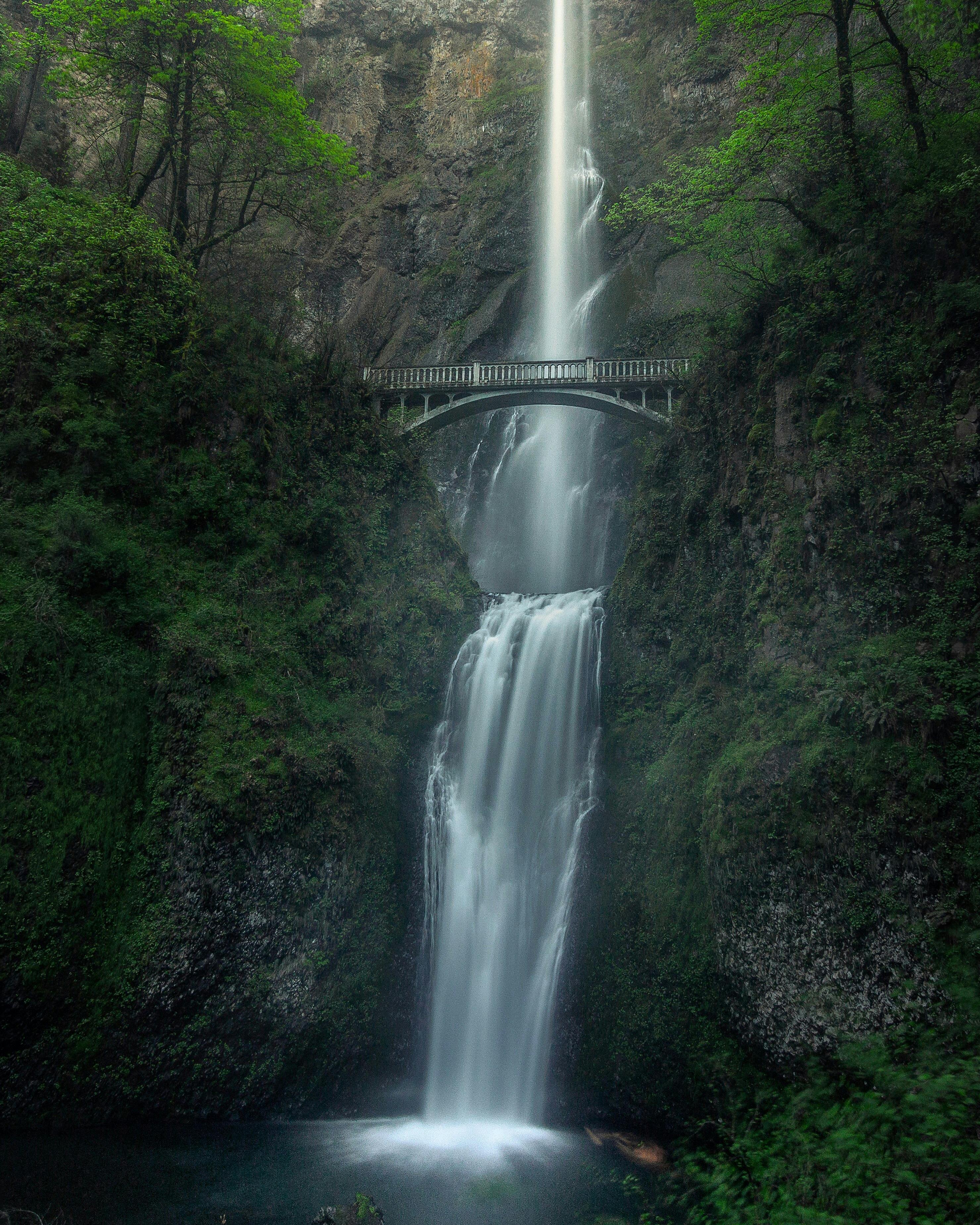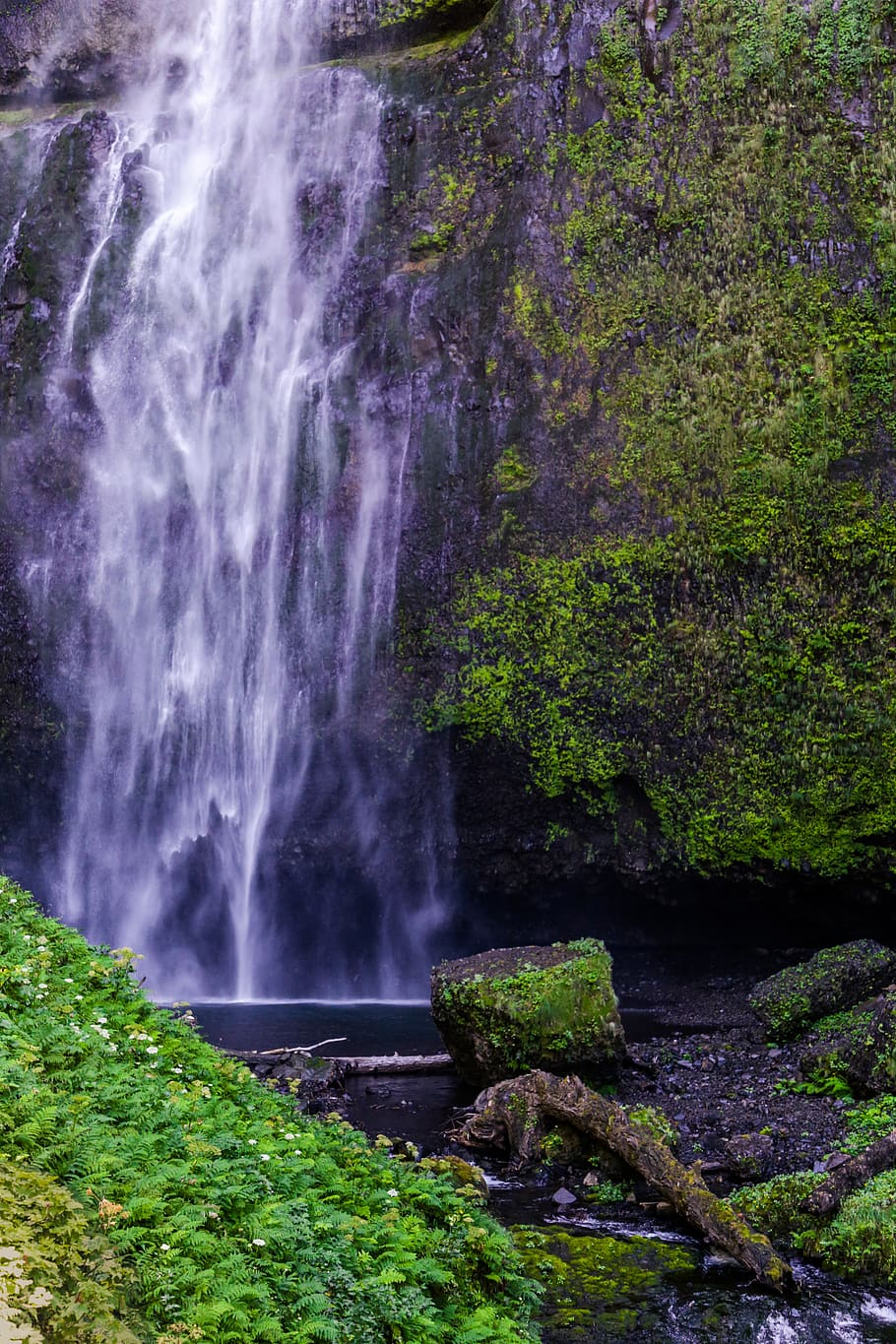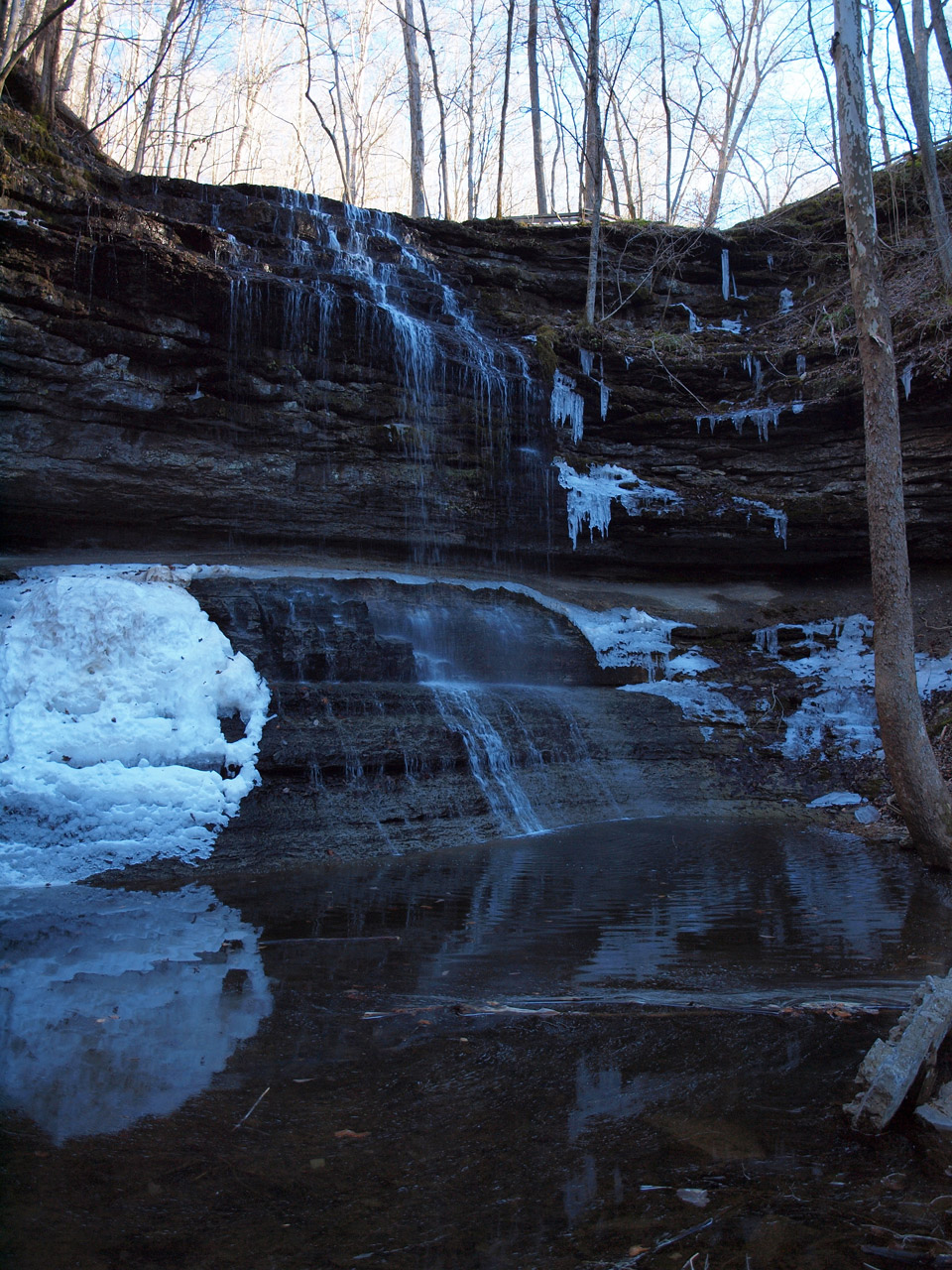
Loowit Falls
Difficulty
Hard
Trail Length
8.0 miles
Trail Type
Out And Back
Elevation Gain
1 ft
Best Seasons to Visit
The best time to visit is during late spring through early fall when the trail is typically free of snow and weather conditions are more favorable.
About Hiking Loowit Falls
Loowit Falls is a stunning waterfall located on the slopes of Mount St. Helens in Washington, near the Oregon border. It is a relatively young waterfall, formed after the 1980 eruption of Mount St. Helens, and is fed by glacial meltwater from the mountain. The waterfall is known for its rugged and volcanic surroundings, offering a unique and dramatic landscape.
Location & Access
Getting There
Loowit Falls is accessed via the Mount St. Helens National Volcanic Monument. The most common route to the falls is through the Loowit Trail, which requires a hike starting from the Johnston Ridge Observatory or other nearby trailheads. The area is remote and requires preparation for backcountry hiking.
Get Directions on Google MapsParking
Parking is available at the Johnston Ridge Observatory or other designated trailheads in the Mount St. Helens National Volcanic Monument area. Parking may require a Northwest Forest Pass or other applicable permits.
Elevation
712 feet above sea level
Coordinates
45.608280° N, -121.885471° W
Trail Information
Accessibility
The trail to Loowit Falls is not wheelchair accessible and is considered challenging for most visitors.
Trail Description
The trail to Loowit Falls is challenging, with significant elevation gain and rugged terrain. Hikers will traverse volcanic landscapes, including ash fields, rocky paths, and exposed areas with little shade. The trail offers breathtaking views of Mount St. Helens and the surrounding area, but it requires good physical fitness and preparation.
What to Expect
Expect a strenuous hike through a unique volcanic environment. The trail can be exposed to the elements, with little shade and potentially strong winds. The waterfall itself is a beautiful sight, cascading down the volcanic terrain, but the journey to reach it is as much a part of the experience as the destination.
Seasonal Closures
The trail may be inaccessible during winter months due to snow or adverse weather conditions. Check with the Mount St. Helens National Volcanic Monument for current closures.
Safety Information
Hikers should be prepared for rugged terrain, exposure to the elements, and potential volcanic activity. Check weather and trail conditions before your visit. Carry a map or GPS device, as the trail can be difficult to follow in some areas.
Visitor Tips
Tips for Your Visit
Start early to avoid the heat and ensure enough time for the hike. Bring plenty of water, as there are no reliable water sources along the trail. Wear sturdy hiking boots and be prepared for uneven and rocky terrain. Check trail conditions before heading out, as the area can be affected by weather or volcanic activity.
What to Bring
- Sturdy hiking boots
- Plenty of water
- Snacks or a packed lunch
- Sunscreen and a hat
- Layers for changing weather conditions
- Trail map or GPS device
- First aid kit
Frequently Asked Questions
🐶 Are Dogs Allowed at Loowit Falls?
❌ Dogs are not allowed
Are There Any Fees or Permits Required?
🤑 Fee: $0.00
Permit required
A Northwest Forest Pass or equivalent permit is required for parking. Additional permits may be required for backcountry camping.
🏊 Is There Swimming at Loowit Falls?
❌ Swimming is not allowed
Additional Information
Nearby Attractions
Nearby attractions include the Johnston Ridge Observatory, Spirit Lake, and other trails within the Mount St. Helens National Volcanic Monument.
Wildlife
Wildlife in the area may include deer, elk, and various bird species. However, the volcanic terrain is not as densely populated with wildlife as other forested areas.
Seasonal Closures
The trail may be inaccessible during winter months due to snow or adverse weather conditions. Check with the Mount St. Helens National Volcanic Monument for current closures.



